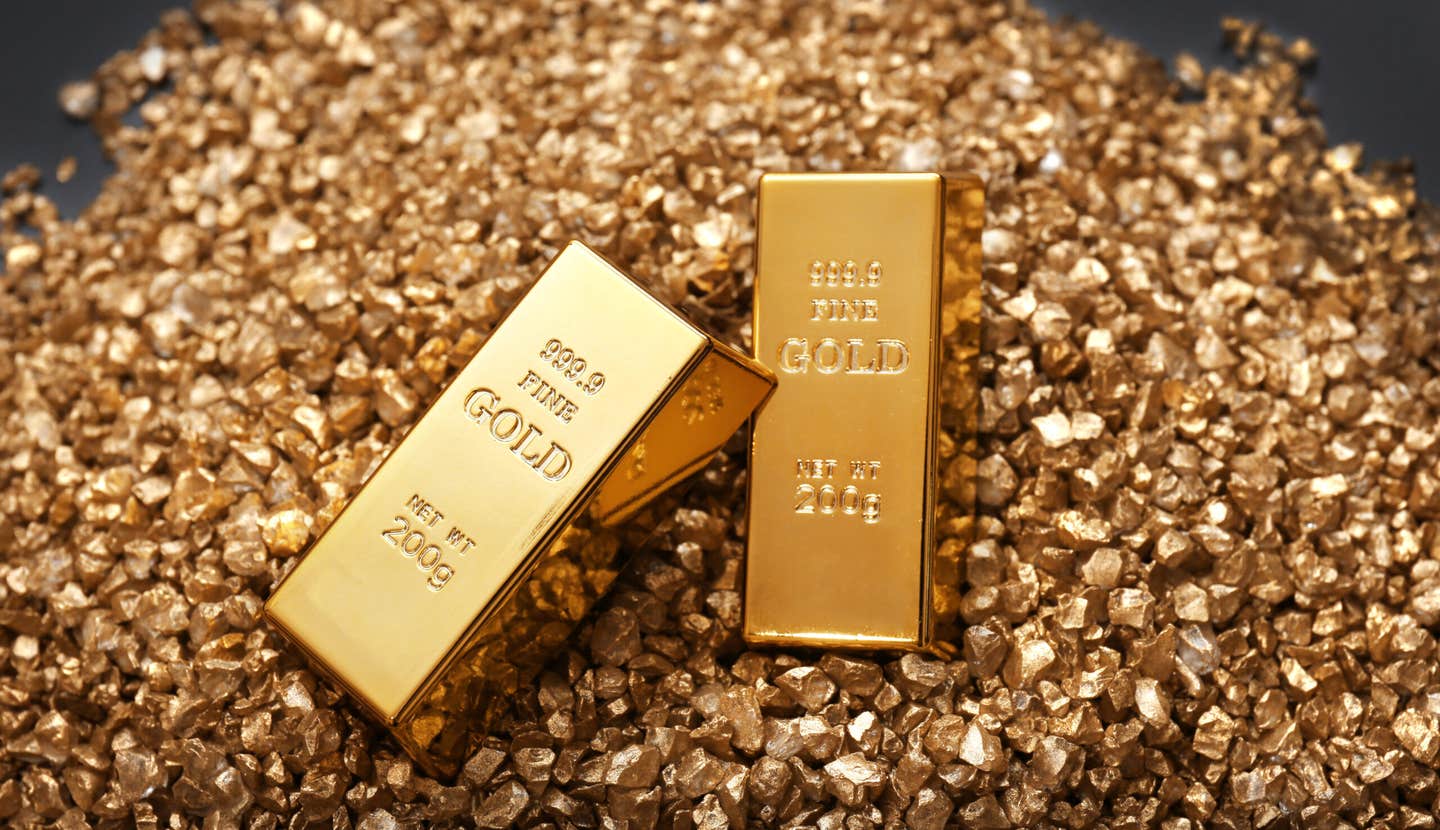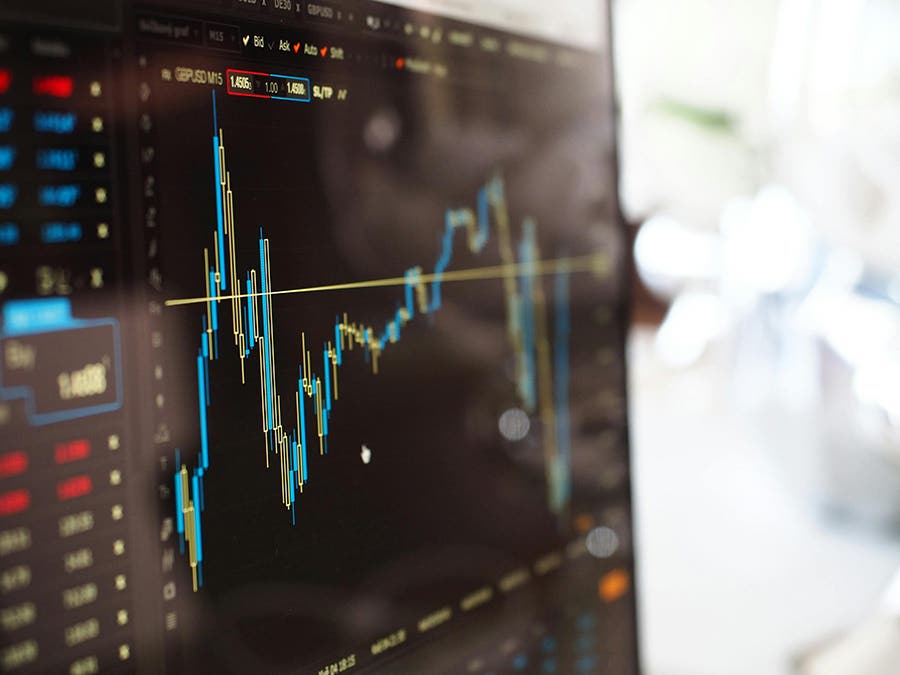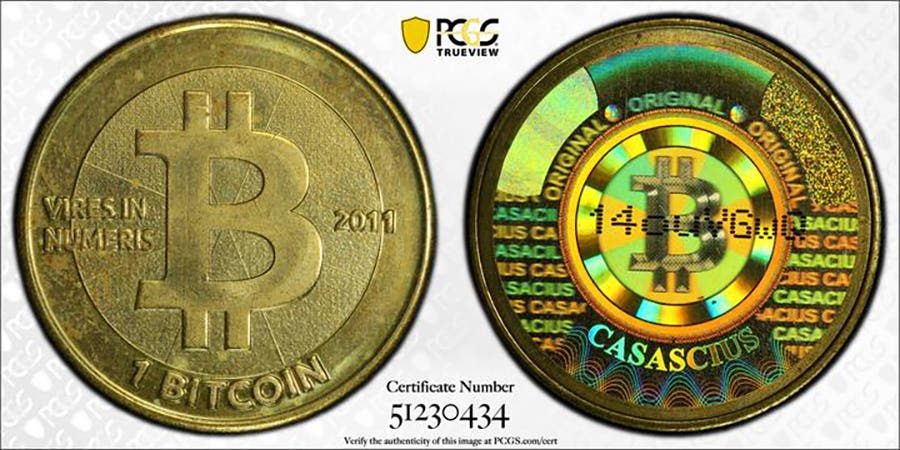Silver #1 Performing Asset In 2020
The Jan. 4, 2021, issue of The Wall Street Journal included a section for reviewing financial markets for the year 2020. On page R2 it listed about 85 assets from stocks,…
The Jan. 4, 2021, issue of The Wall Street Journal included a section for reviewing financial markets for the year 2020. On page R2 it listed about 85 assets from stocks, bonds, currencies, commodities and others ranked from the best 2020 performance to worst. The top performer on the list was silver. Gold appeared in the #11 spot.
For 2020, the price of gold rose $375.75 from $1,519.50 to $1,895.25, the greatest calendar year dollar amount increase ever. As a percentage rise, it was the highest since 2010.
Silver’s price rose $8.58, from $17.83 at the end of 2019 to $26.41 at the end of 2020. This was its highest dollar amount increase and percentage increase in any calendar year since 2010.
In 2020 gold significantly outperformed every one of the 28 foreign currencies I track, every major world stock index I track except for the NASDAQ, and platinum. It topped the results from all other non-numismatic assets I track except for silver and palladium.
Silver’s price increase in 2020 not only surpassed that of gold, it topped all of the currencies, stock indices and other commodities that I track.
A major reason for the strong rise in gold and silver prices last year was weakness of the U.S. dollar. After reaching a 17-year peak on March 19, 2020, the U.S. Dollar Index then fell 13.2 percent to close out 2020. Just before the end of December, the U.S. Dollar Index reached a 32-month low.
As well as gold and silver performed in 2020, my opinion is that there is a strong likelihood that the 2021 increases will be even greater.
The major reason for my judgment comes from reviewing the announcements and actions of the U.S. government, the Federal Reserve Bank and the International Monetary Fund over the past 16 months. They have taken multiple actions, utilizing trillions of dollars of resources, to prop up the federal government’s and the financial systems’ stability. At the same time, there have been repeated announcements about efforts to prevent public access to these events or to disguise them so that investors and the general public don’t realize just how dire the risk of a looming catastrophe in financial markets really is.
Let me just detail the latest move to demonstrate. On Dec. 17, the Federal Reserve announced that it was changing the M1 definition of the money supply by adding savings accounts to the total. Up to now, savings accounts were included in the M2 and higher money supply data because such funds are not necessarily immediately available for spending.
In the same statement, the Fed also revealed that it will discontinue reporting weekly money supply data and start releasing the data monthly. To further obscure the information, the Fed will stop reporting the specific money supply as of the end of the reporting period. Instead, the report will show the average money supply over the course of the previous month.
Effectively, investors and the general public will no longer have access to current money supply data. Why is the government and the Federal Reserve trying to achieve by turning off this information?
When you line up all of these actions and announcements in the same place at the same time, the implications are that the U.S. government and Federal Reserve Bank are absolutely terrified of a horrible economic crisis, potentially the worst in American history. Even if these fears are only partially realized in 2021, the value of the U.S. dollar could tank. A falling dollar would almost certainly result in soaring gold and silver prices as people seek safe havens for their wealth.
You can find a more detailed list of all these actions and announcements from September 2019 through December 2020 in the Jan. 6, 2021, issue of Liberty’s Outlook that I write. This issue should be available soon on the website of the company where I work at www.libertycoinservice.com.
By the way, I like to track century-to-date results for how gold has performed against various paper currencies and other assets. This analysis does understate the performance of stock indices, because it only examines the net change and does not include any dividends paid by the companies included in the indices. Still, the information is enlightening.
So, as measured in U.S. dollars (not adjusted for inflation), here is how gold and selected other assets have performed from Dec. 31, 1999, to Dec. 21, 2020:
Gold +557.5%
Palladium +458.4%
Silver +388.2%
Russell 2000 +291.3%
MS-63 $20 St Gaudens +285.1%
MS-63 $20 Liberty +271.1%
NASDAQ +216.7%
Dow Jones Indust Avg +166.2%
Standard & Poors 500 +155.7%
Platinum +147.4%
Switzerland Franc +80.1%
MS-65 Morgan Dollar +68.5%
China Yuan +26.8%
Euro +21.4%
Australia Dollar +17.5%
Canada Dollar +14.0%
Japan Yen -1.0%
Great Britain Pound -15.4%
Mexico Peso -52.4%
South Africa Rand -58.0%
Brazil Real -65.2%
As you look at the stellar performance of gold and silver over the past 21 years compared to other assets, realize that these results are really even more impressive than listed. The U.S. government, through the Exchange Stabilization Fund, the Federal Reserve Bank of New York’s primary trading partners, allied central bank, and the International Monetary Fund and Bank for International Settlements have devoted hundreds of billions of dollars (or more) to suppress gold and silver prices during this time frame and also used trillions of dollars to prop up stock markets. Despite this interference, gold and silver prices have far outperformed the U.S. major stock indices.
Patrick A. Heller was honored as a 2019 FUN Numismatic Ambassador. He is also the recipient of the American Numismatic Association 2018 Glenn Smedley Memorial Service Award, 2017 Exemplary Service Award, 2012 Harry Forman National Dealer of the Year Award and 2008 Presidential Award. Over the years, he has also been honored by the Numismatic Literary Guild (including twice in 2020), Professional Numismatists Guild, Industry Council for Tangible Assets and the Michigan State Numismatic Society. He is the communications officer of Liberty Coin Service in Lansing, Mich., and writes Liberty’s Outlook, a monthly newsletter on rare coins and precious metals subjects. Past newsletter issues can be viewed at www.libertycoinservice.com. Some of his radio commentaries titled “Things You ‘Know’ That Just Aren’t So, And Important News You Need To Know” can be heard at 8:45 a.m. Wednesday and Friday mornings on 1320-AM WILS in Lansing (which streams live and becomes part of the audio archives posted at www.1320wils.com).








